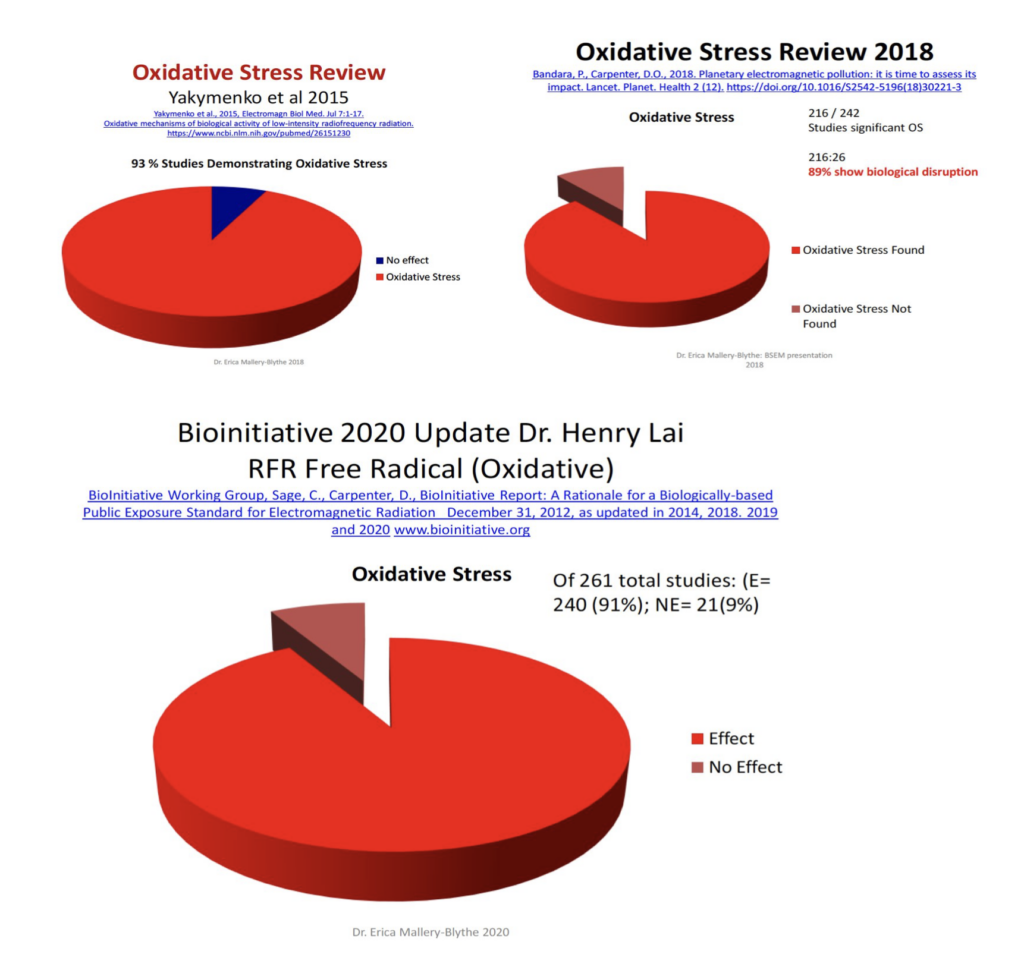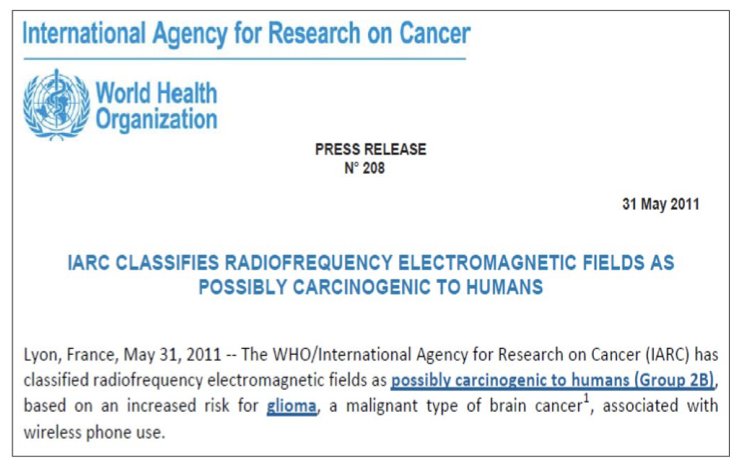A discussion by Asif of 5GinMerton
Karen Churchill of Action Against 5G, which is challenging the UK Government over its failure to take notice of the health risks and public concern related to 5G, provided local councillors evidence and personally briefed them in meetings with the result that a mast that was finally voted down on health grounds. This happened despite much of the evidence that was provided not being presented in the meeting. This victory is significant because planners and councils are guided by government to ignore health as a cause for refusing masts as they are told that if they conform to ICNIRP guidelines they are safe and the story should end there.
You can view video of the proceedings here. (this has been removed by Mendip since it evidences the committee refusal)
Mendip Planning Board did indeed refuse the 5G mast planning application on health grounds despite the Case Officers recommendation to approve it. The evidence is here:
Exploring the main opposition to the vote
At 1 hour and 8 minutes Cllr Francis Hayden, a physics teacher expressed his scepticism that non-ionising radiation causes harm. He concisely expresses all the talking points of those who disagree with our position. So they are worth noting. They are:
- Non-ionising radiation by definition does not possess sufficient energy to ionise cells and cause oxidative stress and therefore harm.
- Only ionising radiation has enough energy to do this damage to molecules, this includes the top end of the ultraviolet into the x-rays and into the cosmic radiation
- Radio frequency radiation (RFR) only has a millionth of the required energy to cause ionisation
- RFR can heat things up by moving molecules faster, but that’s all.
- There is no mechanism suggested by which harm is caused.
- A single particle has to cause harm, they can’t join forces that’s not possible in quantum mechanics
- If studies show harm, it is weak
The response by Dr Erica Mallery-Blythe to the above
Dr Erica Mallery-Blythe of https://phiremedical.org/ addressed the points by saying that despite RFR radiation being labeled “non-ionising” the evidence shows oxidation occurs nonetheless:
- Smoking and asbestos are classified as Group 1 Known Human Carcinogens but are not ionising radiation.
- We are encouraged (by the NHS for example), to ensure a diet rich in ‘antioxidants’, it is not because they are expecting you to be receiving a large dose of X-rays on a regular basis, it is because many different environmental and ingested exposures can increase levels of oxidative stress. Increasing levels of free radicals (oxidative stress) in biological tissues is associated with accelerated ageing, cellular degeneration, cancer and multiple diverse disease processes.
- In 2011, the World Health Organisation (WHO) via the International Agency for Research on Cancer (IARC) classified RFR as Group 2B ‘Possibly carcinogenic to humans’. This tells us there is a mechanism of harm from non-ionising radiation. cancer and acoustic neuroma.
It has been shown overwhelmingly in study after study (literally thousands Dr Mallery-Blythe says) that non-ionising radiation does cause oxidative stress and therefore harm after cumulative exposure.
For example, ORSAA, an independent organisation not linked to government or industry have the world’s largest categorised online database of peer-reviewed studies on anthropogenic EMR. After evaluating these studies looking at oxidative stress they found that 89% of experimental studies looking at oxidative stress (making cells more susceptible to DNA Damage) showed significant effects (216 of 242). This finding is mirrored by others as shown on the next page:

The other points I would add:
1. These studies have been analysed and weighted on the basis on their quality of methodology, interpretation of results and of peer review. The studies funded by vested interests were excluded. So, good quality studies overall show harm.
The NTP and Ramazzini studies are probably the two most authoritative studies on RFR and both showed indisputable evidence of carcinogenicity. They were conducted independently of one another and their results concurred.
2. People are not betting their own money that it is safe. Why?
As of 09/09/22 424 scientists have signed the 5G Appeal to the EU calling for a moratorium on 5G roll out and no one will insure 5G against harms to health. The risk is that it could be belatedly recognised as a danger to health like asbestos is simply too high. Lloyds of London explicitly compare the wireless risk to asbestos, in that the early research on asbestos was “inconclusive” and only later did it become obvious to anyone paying attention that asbestos causes cancer.
3. For the sake of completeness, I’d like to address the main physics based-points Councillor Hayden made:
- Non-ionising radiation by definition does not possess sufficient energy to ionise cells and cause oxidative stress and therefore harm.
- Radio frequency radiation (RFR) only has a millionth of the required energy to cause ionisation
- There is no suggested mechanism suggested by which harm is caused.
- A single particle has to cause harm, they can’t join forces that’s not possible inquantum mechanics
The mechanisms of harm of “non-ionising” radiation:
Mechanism 1:
Energy of a massive number of photonsX-rays or gamma-rays tend in practice to be well spaced out so that their ionising action is that of a single photon.In complete contrast, a magnetic field associated with for example a typical cell phone consists of a rather massive number of photons (in technical terminology around 1e+20 of them per cubic wavelength). As such, we are not concerned with the energy of individual photons, rather the coherent energy of the whole group (waves). Such energy far exceeds the individual “quantum” energy.Cllr Hayden would probably respond with his point “A single particle has to cause harm, they can’t join forces that’s not possible in quantum mechanics.”However that is to exclude quantum mechanics has wave particle duality as a core idea. His thinking relies purely on the particle side of things.One standard interaction between RFR waves and matter is what is observed in antennae. We know that cell chemistry depends on a potential difference being maintained across it, so a strong signal being picked up by cells may well influence that chemistry and so affect the cell.
Mechanism 2:
The Radical Pair Mechanism of magnetic feld interaction with biological systems.
The Radical Pair Mechanism or RPM is deeply rooted in basic physics and chemistry. Its home is in so-called spin chemistry, originating in the 1960s. However, the concepts involved date from the late 19th Century and the discovery of the Zeeman Effect in 1896 for which Pieter Zeeman was awarded the Nobel Prize in 1902.
The RPM is the process by which low intensity magnetic felds can alter the spin state of pairs of free radicals from the so-called short-lived singlet state (nano-second lifetime) to the so-called longer-lived (micro-second lifetime) triplet state making them more available to cause biological damage. The process operates at energy levels some ten million times lower than thermal energies. It has been widely discussed in chemical and biological systems and in the context of human health.
The RPM has been particularly successful in offering a mechanism to explain the action of the magnetic compass in animals, for example the ability of birds, other species including potentially humans, to detect tiny changes in the Earth’s magnetic field for navigation and migration. The process is believed to act via cryptochrome protein molecules in the eye. Such molecules including those in humans have been shown to be magneto-sensitive. The experimental evidence supporting the role of the RPM in magneto-reception lies in the ability of magnetic fields in the radio wave band to disrupt animal compass orientation. Of particular interest here are the observations by scientists at the University of Oldenburg, Germany that ambient electromagnetic radiation from nearby radio transmitters disrupts the orientation of migratory birds in captivity.
Experimental evidence that RFR has enough photon energy to cause DNA damage
The claim that radiofrequency electromagnetic radiation, being non-ionising radiation, does not possess enough photon energy to cause DNA damage has been proven wrong experimentally repeatedly, here are two examples:
Smith-Roe SL, Wyde ME, Stout MD, et al. Evaluation of the genotoxicity of cell phone radiofrequency radiation in male and female rats and mice following subchronic exposure. Environmental Mutagenesis and Genomics Society Annual Conference; Raleigh, NC, USA; Sept 9–13, 2017.
Ruediger HW. Genotoxic effects of radiofrequency electromagnetic fields. Pathophysiology. 2009; 16: 89-102
In Summary, 8 Takeaway Points:
- Evidence of biological harm has been found overwhelmingly and repeatedly.
- So much so that those with money in the game would not deem it safe to insure.
- It’s just some prominent models in physics can not see it, so for many physicists it simply does not exist
- Meanwhile In the real world communities are feeling the ill-effects of RFR. See “Cease and desist: Pittsfield Board of Health gives Verizon ultimatum over cell tower”
- This is why safety limits should be based on the biological effects of EMF radiation, rather than on the energy-based specific absorption rate as is currently the case.
- 5G increases the danger hugely because of the dense network of antennas and the estimated billions of simultaneous connections. 5G employs a very high level of pulsations and uses higher frequencies. Studies show that pulsed EMF are in most cases more biologically active and therefore more dangerous than non-pulsed EMF. Every single wireless communication device communicates at least partially via pulsations, and the smarter the device, the greater the pulsations.
- Studies time and again show 5G would affect the health of humans, plants, animals, insects, and microbes – and as 5G is an untested technology, a cautious approach would be prudent. The UN Universal Declaration of Human Rights, the Helsinki Accords and other international treaties recognise that informed consent prior to interventions that might affect human health is an essential, fundamental human right, which becomes even more controversial when considering children’s and young people’s exposure.
- The majority of the case studies in Late lessons from early warnings Volumes 1 and 2 illustrate that if the precautionary principle had been applied on the basis of early warnings, justified by ‘reasonable grounds for concern’ many lives would have been saved and much damage to ecosystems avoided. In its conclusion it contains the following “there is growing evidence that precautionary measures do not stifle innovation, but instead can encourage it”
A physics teacher I discussed this with put it best:
“What seems silly to me is that if research indicates harm, then no matter how much we love our models and theories, this is the kind of empirical evidence which moves science forwards, because it forces us (or ought to) to look more closely, so that we can understand our world even better.
Saying that something can’t be true because it doesn’t fit our current model is simply refusing to leave Plato’s cave. It’s not science if you can’t challenge it with new data.”
Does the information above mean…..
… that the way the way terms ionising and non-ionising radiation are currently used in relation to biological effects are mis-leading? When discussing the above with biophysicist Simone Plaut, she said the mechanisms of harm are different. One could say the oxidative stress/DNA damage occurs indirectly with non-ionising radiation but it occurs nonetheless.


One thought to “Mendip Council – health impact based mast refusal ”
Comments are closed.